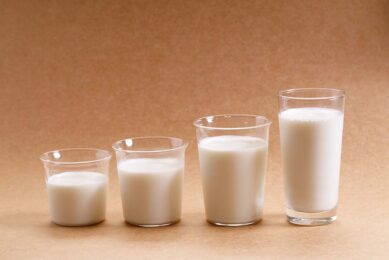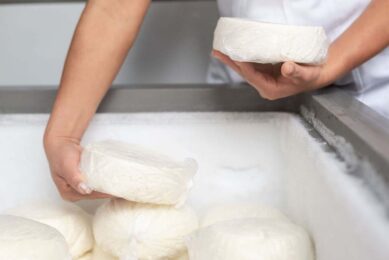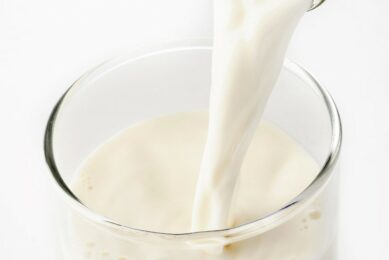Balkan region: A tough time for dairy
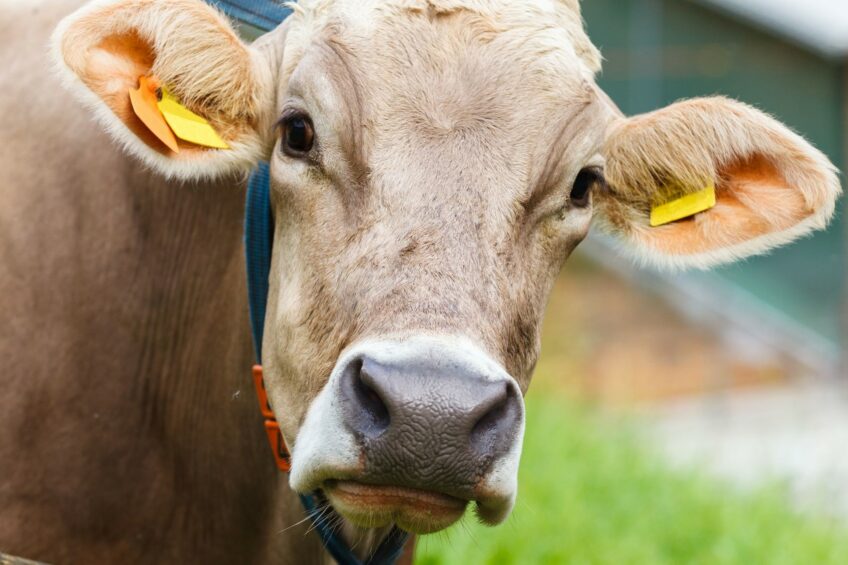
Falling sales, dwindling business and surging imports have caused desperate Serbian farmers to protest in 2023. They blocked highways and besieged government buildings – farmers are still having to fight for the industry’s survival.
The dairy industry in the Balkan region had a rather difficult year in 2023, with limited or, in most cases, negative growth in retail volume, commented Aleksandras Bacevičius, Research Analyst at Euromonitor International. Several factors weighed heavily on operations.
“High inflation and war in Ukraine contributed to an increase of fuel, electricity, and other commodity prices, which is impacting production and lowering production output across the region. In some cases, that also means lower quality local production,” Bacevičius says.
Higher prices not only hinder local production but also result in increased dairy imports from Poland or Ukraine, where goods are essentially cheaper, according to Bacevičius.
The dairy industry in the Balkans has shown a downward trend for more than a decade. Branislav Gulan, a local independent analyst, estimated that 62,000 farms have shut down in Serbia alone during the last ten years. The long-term dynamics are staggering. In 2023, Serbian farms kept only 170,000 cows. In the early 2000s, the country’s dairy herd population comprised of 2 million head of cows.
“Our dairy industry is now at pre-World War I levels,” Gulan claims. The picture is similar in other countries: dairy herd population has been dwindling in Montenegro, Bosnia and Albania. Small farms gradually die out, outcompeted by imports from the EU, where operations are more efficient, raw milk is cheaper, and state aid is far more generous.
“We need a new agriculture concept where everything goes through cooperatives,” Gulan indicated. Businesses and authorities are putting a lot of effort into bolstering demand on the market, hoping it will eventually positively reflect on dairy businesses. For example, in Bulgaria, the government is cracking down on steep price increases by retailers, implementing price trackers, and markedly reducing the prices of state-owned dairy entities, which is devolving into a political issue, Bacevičius indicated. “Market players are trying to weather the storm by providing discounts with multipack offerings and other similar campaigns,” Bacevičius adds.
Pleading for aid
In 2023, Serbia faced some of the largest farmers protests in years, in which dairy farmers were believed to be one of the driving forces. During 2 main farmers strikes, farmers demanded market regulation for agricultural products and subsidies.
“The cost of raw milk in Serbia has also fallen as milk processors do not want to pay a fair price, and the government has yet to introduce minimum prices, which could protect the domestic industry,” Bacevič states.
Depending on the number of dairy cows in the herd, farmers incur a loss of 5 to 20 dinars (US$0.05 – US$0.2) per litre produced, Zivan Lazic, a local agricultural analyst, reported.
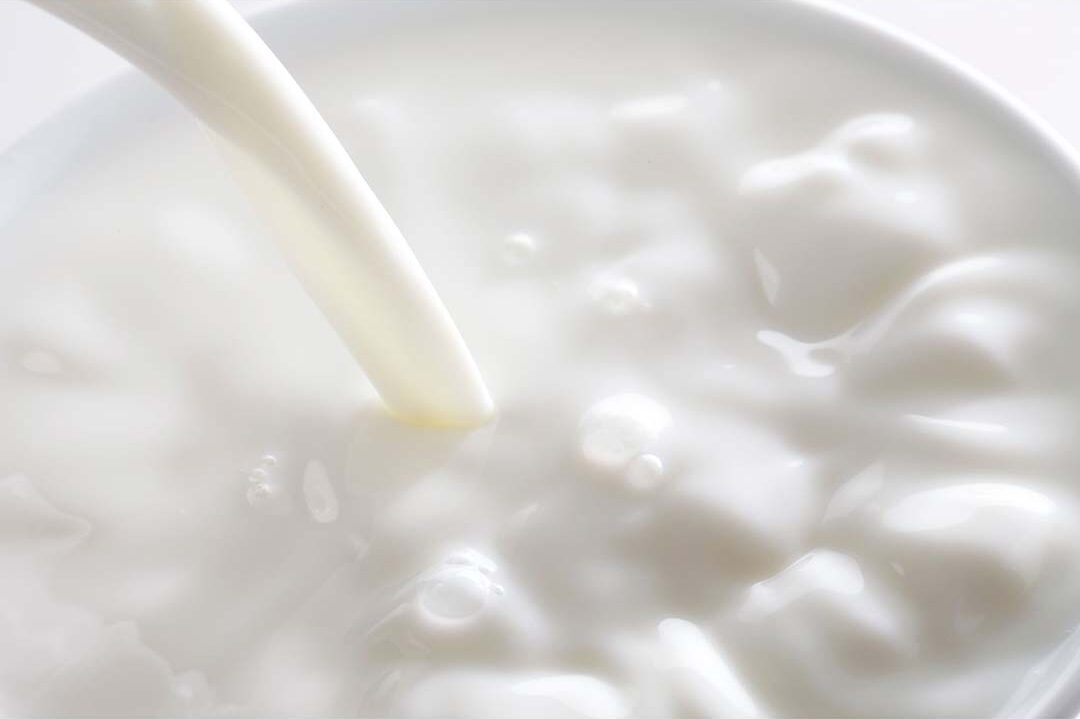
With imports on the rise, local farmers protested in 2023 and demanded a ban on milk imports, as well as higher subsidies that could help support the Serbian dairy industry. In February 2023, the Serbian government introduced an import duty of 15 dinars ($0.14) per litre of milk and 30 dinars (US$0.28) per kg of cheese to protect domestic production from excessive import volumes.
Farmers reacted positively to the implementation of the import fees regarding milk, but they are still calling for higher levies on cheese, according to Bacevičius. Meanwhile, the European Commission has asked Serbia to abolish import duties on milk and cheese.
Dairy industry survival
Analysts believe that there is positivity for the Balkans dairy industry. Consumer habits and the end of the Covid-19 pandemic will cause positive tilt in favour of dairy manufacturers.
“Aside from the focus on price due to economic challenges, across Balkan and European markets, there is growing consumer interest in dairy products and alternatives promising health and wellness benefits,” Bacevičius says. The trend, however, is not to be overestimated. A decent share of consumer attention is focused on alternative goods.
“Top of the health agenda are key areas of concern such as protein intake, calcium, fortified products and lactose intolerance. However, the biggest surge in consumer interest is directed at plant-based dairy, driven by an increasing number of consumers transitioning from dairy to non-dairy alternatives,” Bacevičius says. In 2024, the authorities in Balkan countries, however, will face a dilemma of whether to help the troubled dairy industry.
“The problems of the dairy sector will have to be tackled locally by each government if it wants to preserve local production and minimise the decline in consumption,” Bacevičius concludes.
Join 13,000+ subscribers
Subscribe to our newsletter to stay updated about all the need-to-know content in the dairy sector, two times a week.



